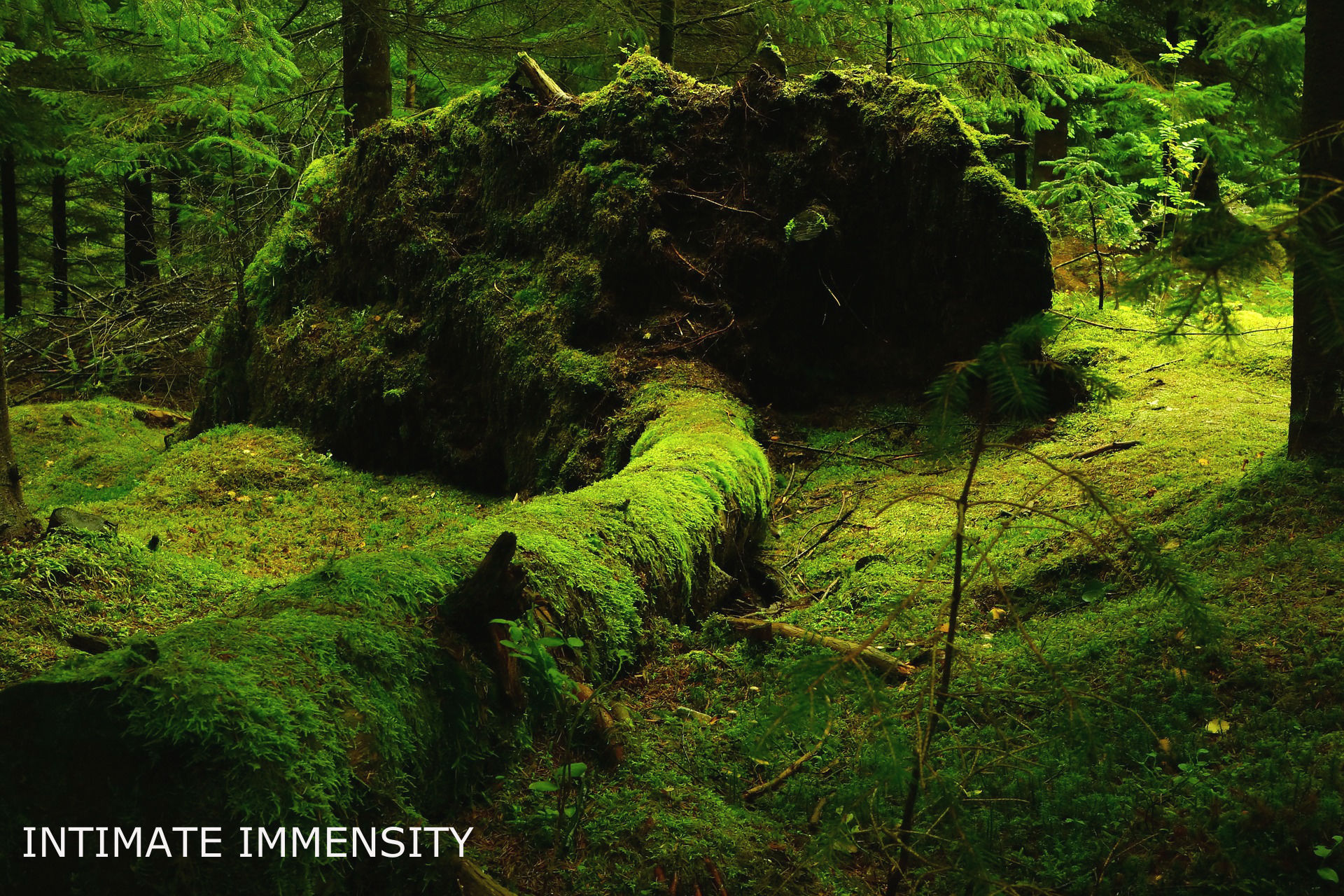James Corner interview: the High Line and Intimate Immensity

James Corner was born in Preston and began his study of landscape architecture at Manchester Metropolitan University in the UK. The Time Magazine interview with Corner was published in 2012 under the title: Game Changer: James Corner, Urban Dreamscaper.
Corner defines landscape architecture as being ‘about the planning and design of space under the sky’ and uses the High Line as an example of how a perceived non-space can become a highly valued component of an urban landscape design:
As a young person in school I was really interested in an exercise called intimate immensity which still shapes the way I think today. Intimate immensity is what it’s like to be in a forest where things are immediate and intimate and tactile and intimate, but at the same time you are in the forest and the forest seems immense .
I’m James Corner. I’m a landscape architect.
Landscape architecture is basically about the planning and design of space under the sky. One of the phenomena you deal with as a landscape architect is this idea of place. The High Line is perceived to be a derelict abandoned ugly post-industrial structure that is potentially dark and dangerous. Who would ever go up there? Why would anyone ever use that? The High Line is a really good example of a found object in the city, a sort of thing that had been discarded and overlooked….When we started the High Line we hadn’t really built that much. But I think as designers you bring a tremendous sense of optimism and faith in the capacity of good design to transform what are maybe perceived as negative into something positive.
Corner’s reference to ‘place’ links his work to the single agreed law of landscape architecture: Consult the Genius of the Place – meaning that a design must respond to the particular characteristics of a locality. The concept of’Intimate Immensity comes from an essay by the French philosopher Gaston Bachelard (1884 – 1962) who wrote a book on The Poetics of Space (1958) with a chapter on ‘Intimate Immensity’. Bachelard argues that ‘immensity is within ourselves. It is attached to a sort of expansion of being that life curbs and caution arrests. but which starts again when we are alone. As soon as we become motionless, we are elsewhere; we are dreaming in a world that is immense’. Bachelard discusses images of a vast desert and a deep sea. He concludes that ‘all the universe that bears the mark of the desert is annexed to inner space’.
